Summary
- Limited animation in Sakamoto Days is compensated by vivid background music.
- Stiff and repetitive action scenes in anime historically relied on powerful music to captivate audiences.
- Sakamoto Days’ focus on impactful frames with tense music bypasses the need for extensive CGI in action sequences.
Sakamoto Days debuted on January 11, and fans have been arguing over the animation quality ever since. Actually, even before Sakamoto Days premiered, many fans had expressed concerns about the quality of the action scenes.
When Netflix dropped the opening sequence (OP) for the anime, a few days before the first episode was released, these fans got even more concerned. Perhaps, more worried than they should be. When the final trailer was released, a few days after the OP but still ahead of the show’s premiere, a good portion of fans were happy with the action scenes, as those segments seemed more polished than anything shown before.
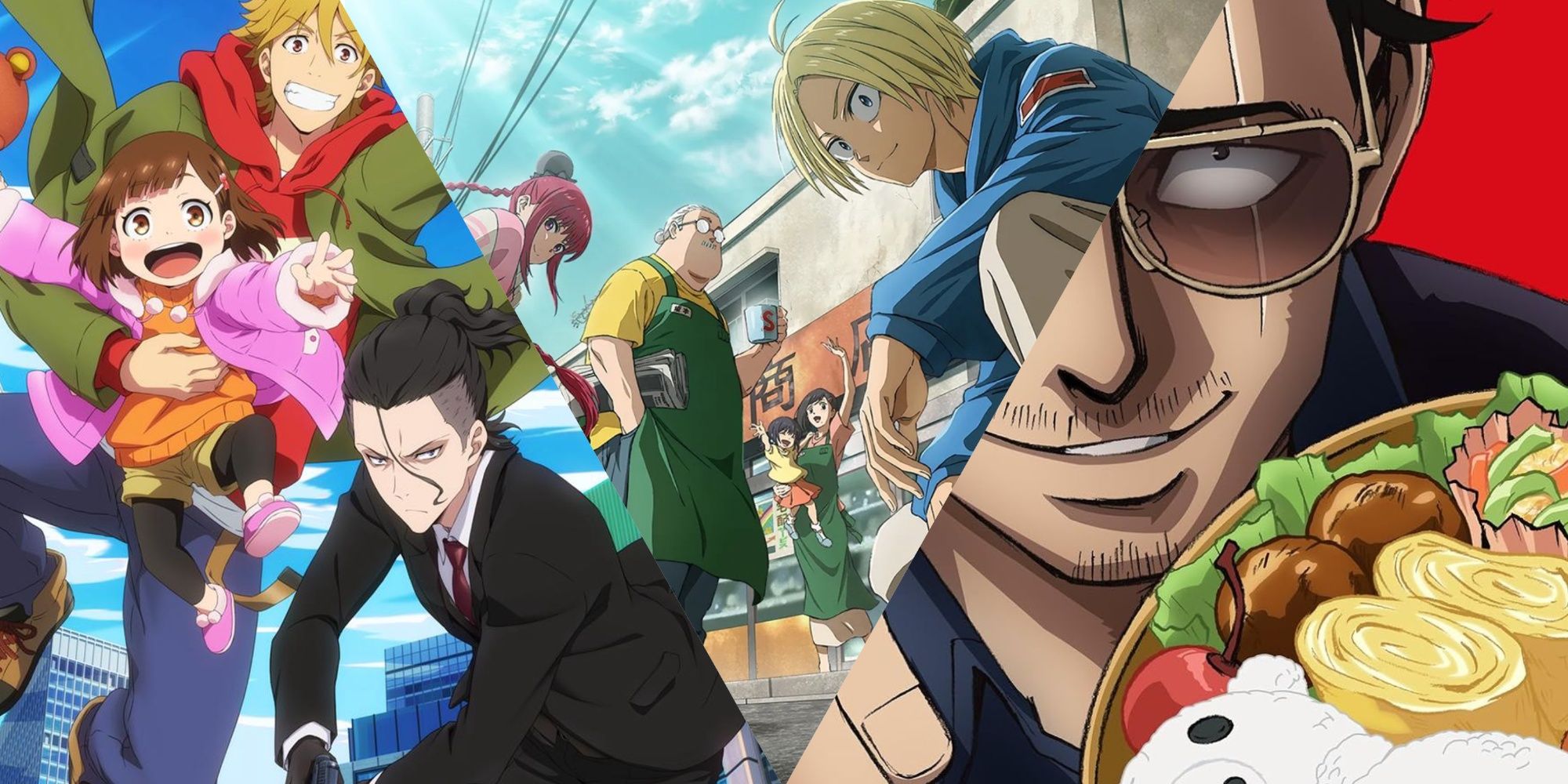
Related
8 Best Anime To Watch If You Love Sakamoto Days
These anime series offer a mix of humor, action, and intriguing characters that fans of Sakamoto Days are likely to appreciate.
Limited Animation, Vivid Background Music
Sakamoto Days is becoming more popular each week, as new episodes air globally on Netflix every Saturday. Despite its success, fans still complain about the quality of animation.
While they are not entirely wrong – many sequences feel stiff, especially when compared to anime like Jujutsu Kaisen –, it’s clear the staff have come up with a workaround for any eventual budget problem: the soundtrack.
The show’s background music, composed by the legendary Yuki Hayashi (My Hero Academia), perfectly delivers the emotional sensation that spectators should feel in action or tense scenes. With that, despite limited animation (even for contemporary shonen anime standards), everyone feels the scene.
A Common Resource Since Older Times
This is actually an old resource of anime production. Back in times when CGI technology wasn’t advanced enough for studios to use as a resource to create segments with more movement, much of the action relied on powerful scores to get spectators pumped, while the scenes itself were stiff and repetitive.
So, animators would draw some cells that would be reused many times in one episode or many episodes. As there wouldn’t be time or money to draw everything needed in a smooth animation, music became a resource to avoid making the audience annoyed by the repetitive frames.
Some classic anime like Saint Seiya and Dragon Ball (both from the 1980s) employ this resource. If you watch the battle sequences with the music turned off, there is a huge difference in the impact of these scenes, because the soundtrack is part of them.
Feeling Action VS Seeing Action
Researchers have long been interested in how music can induce emotions and enhance audiovisual experiences, like movies, series and games.
What happens in the case of Sakamoto Days is that the impact of the scenes usually relies on a few stylized frames, with techniques like the “pastel chalk freeze-frame” (or “postcard memory”) combined with tense music to deliver not exactly a detailed action sequence, but a sequence with the feeling of action.
With this, everyone feels like they are watching a thrilling action sequence, despite the animation being stiff and limited. This is a way to deliver emotion without relying too much on CGI techniques. As most people are not experts at animation, they have no problem with the sequences being stiff as long as they’re not too stiff.
Must Action Sequences Always Be “Amazing”?
Some may think that relying on a few impactful frames combined with the right music is a cheap trick. Indeed, it is a trick to work around budget limitations – but animations are expensive, and the “anime style” was basically created to bring animation to life with few resources.
Today, the most common way to make the anime fit the budget is to use CGI, a technology that the series seems to avoid overusing. In this case, it’s clear this is part of a conscious aesthetic decision – the emphasis is on the impact felt, not on the scene itself.
Creating an enjoyable show is more important than delivering action scenes full of “sakuga”. Sakamoto Days shows that old methods are still able to keep the audience engaged with the production. We must also remember that those “sakuga-filled” scenes are hard to make, and might lead to overworking the team.
So, while it might not please sakuga fans, Sakamoto Days is not a bad anime just because Masaki Watanabe is not doing action sequences in the way fans think he should be. Watanabe has found his way to produce a great show.
Sakamoto Days is available to stream on Netflix.
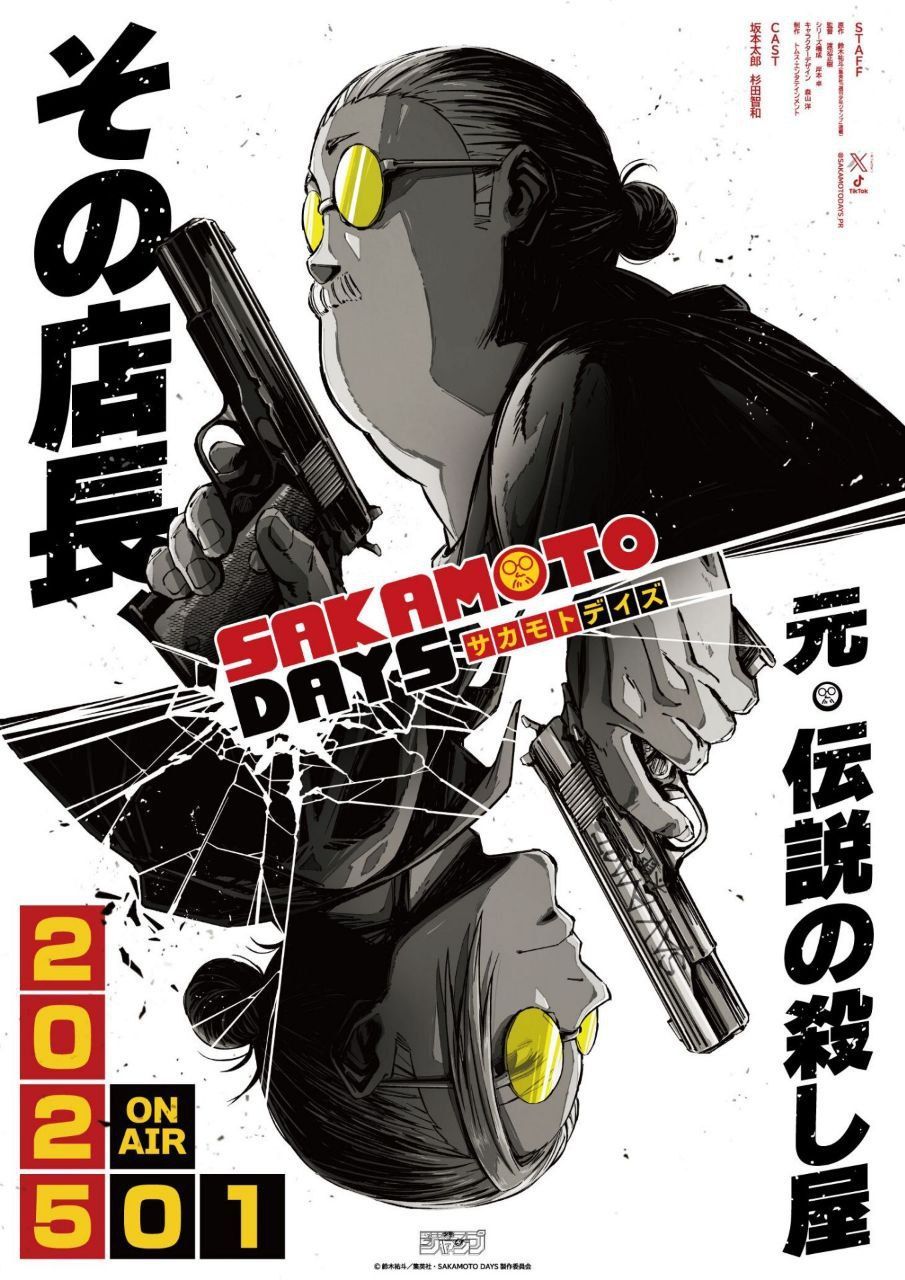
Sakamoto Days
- Release Date
-
January 11, 2025
-

Matthew Mercer
Taro Sakamoto
-
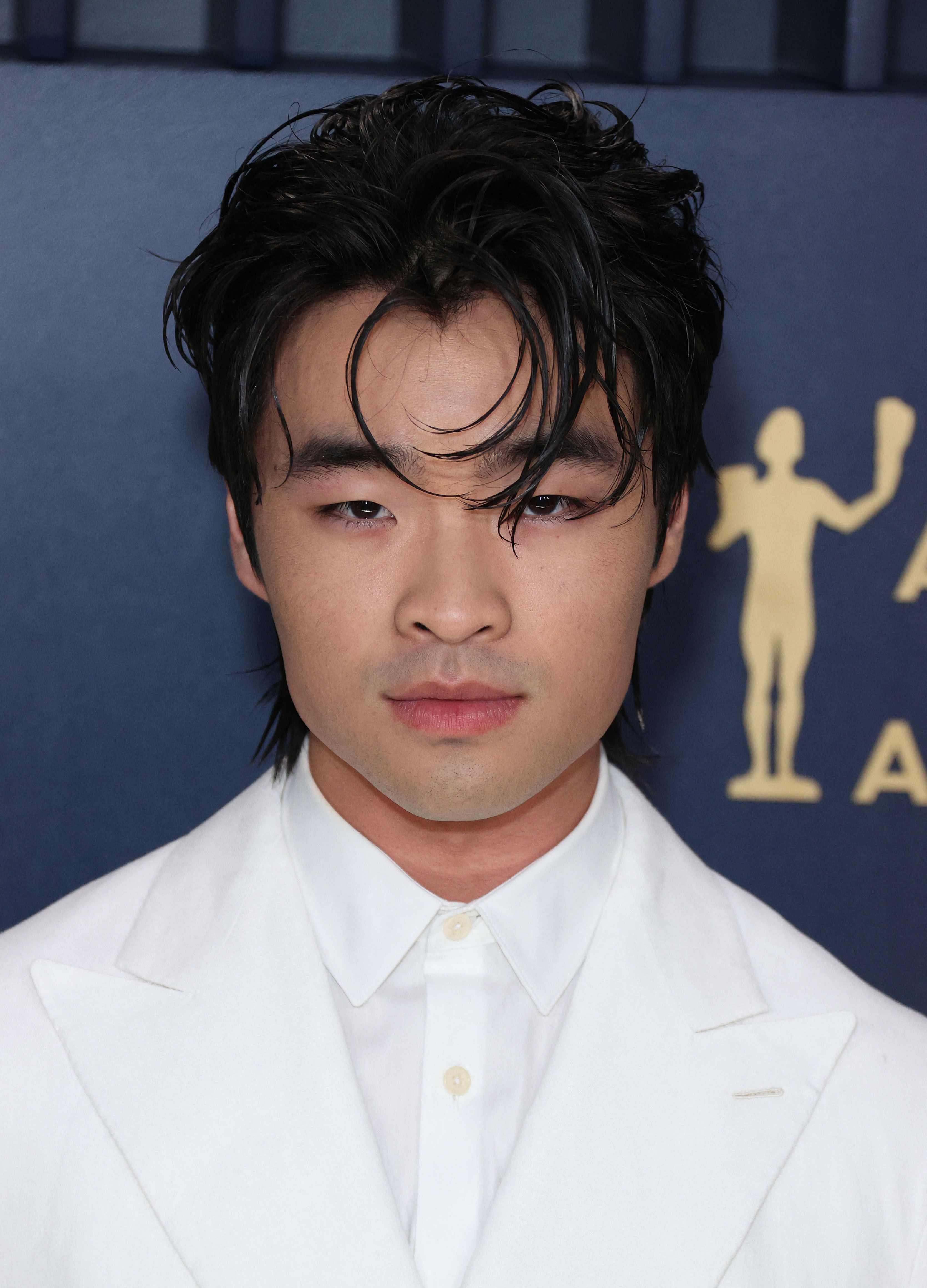
-

Rosalie Chiang
Lu Shaotang
-

Rosie Okumura
Aoi Sakamoto
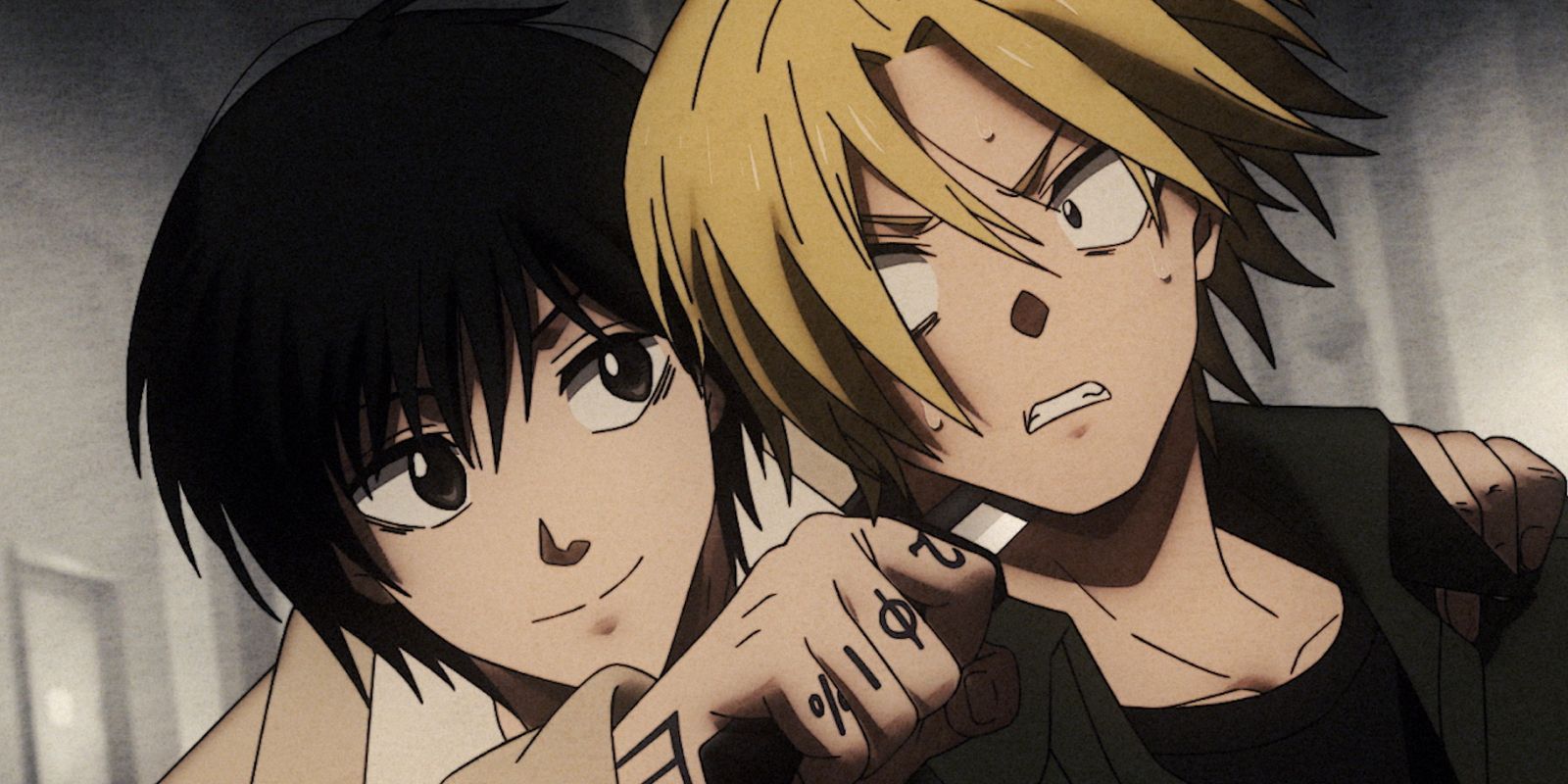

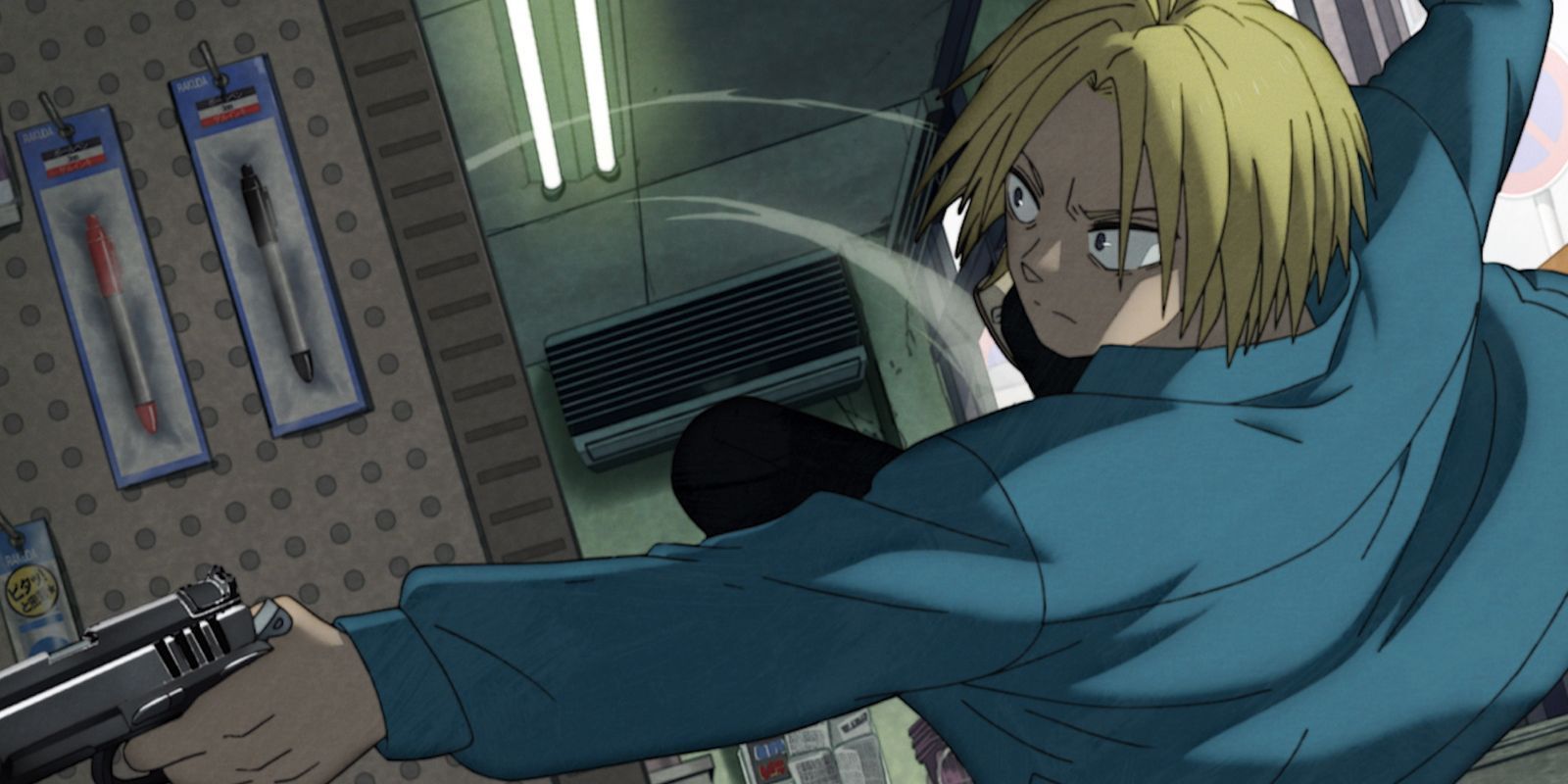
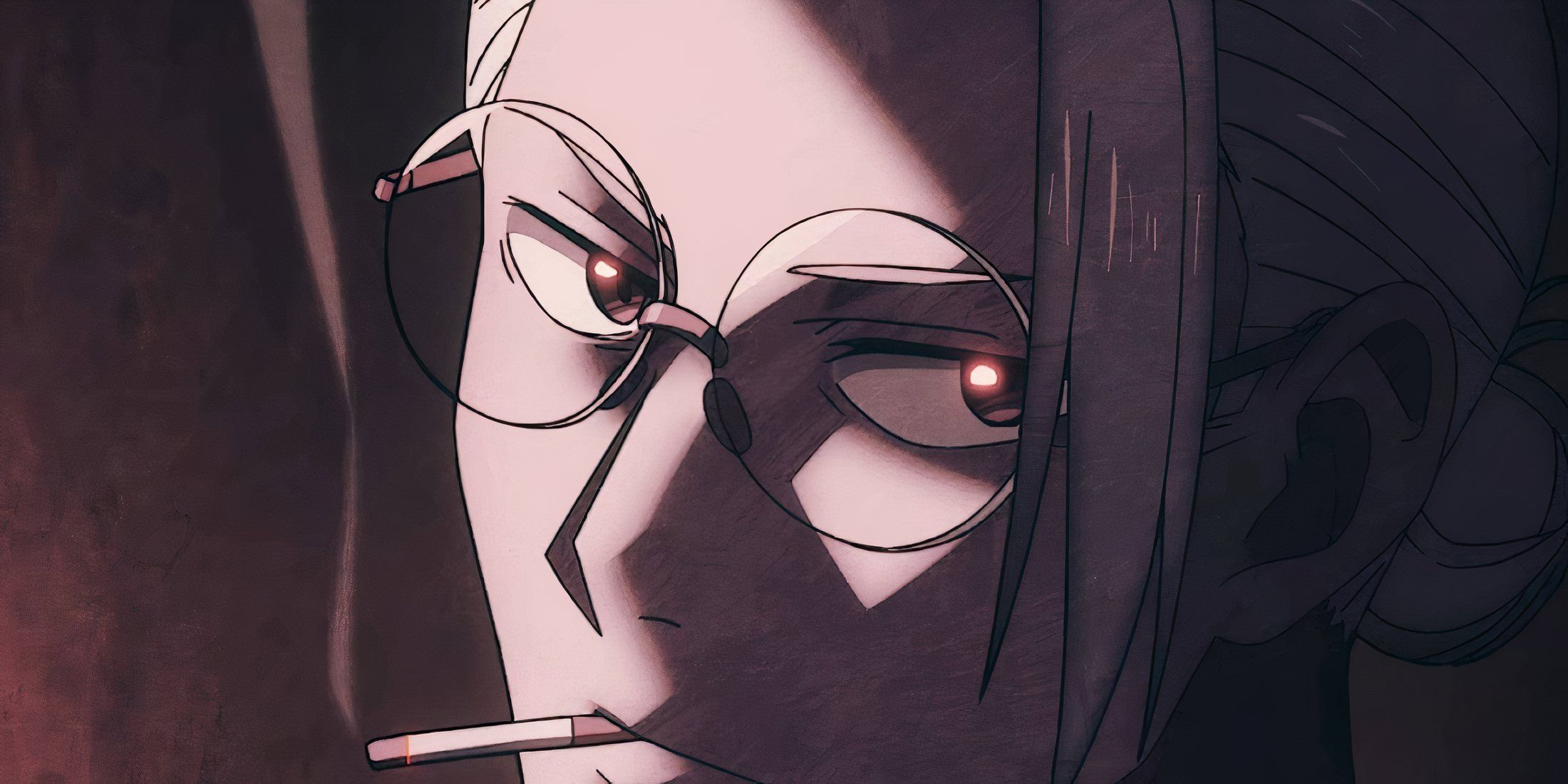
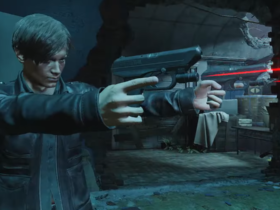







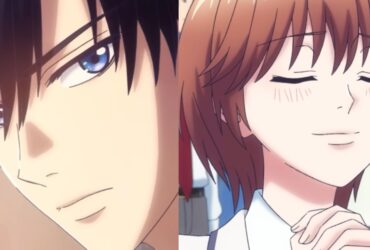

Leave a Reply